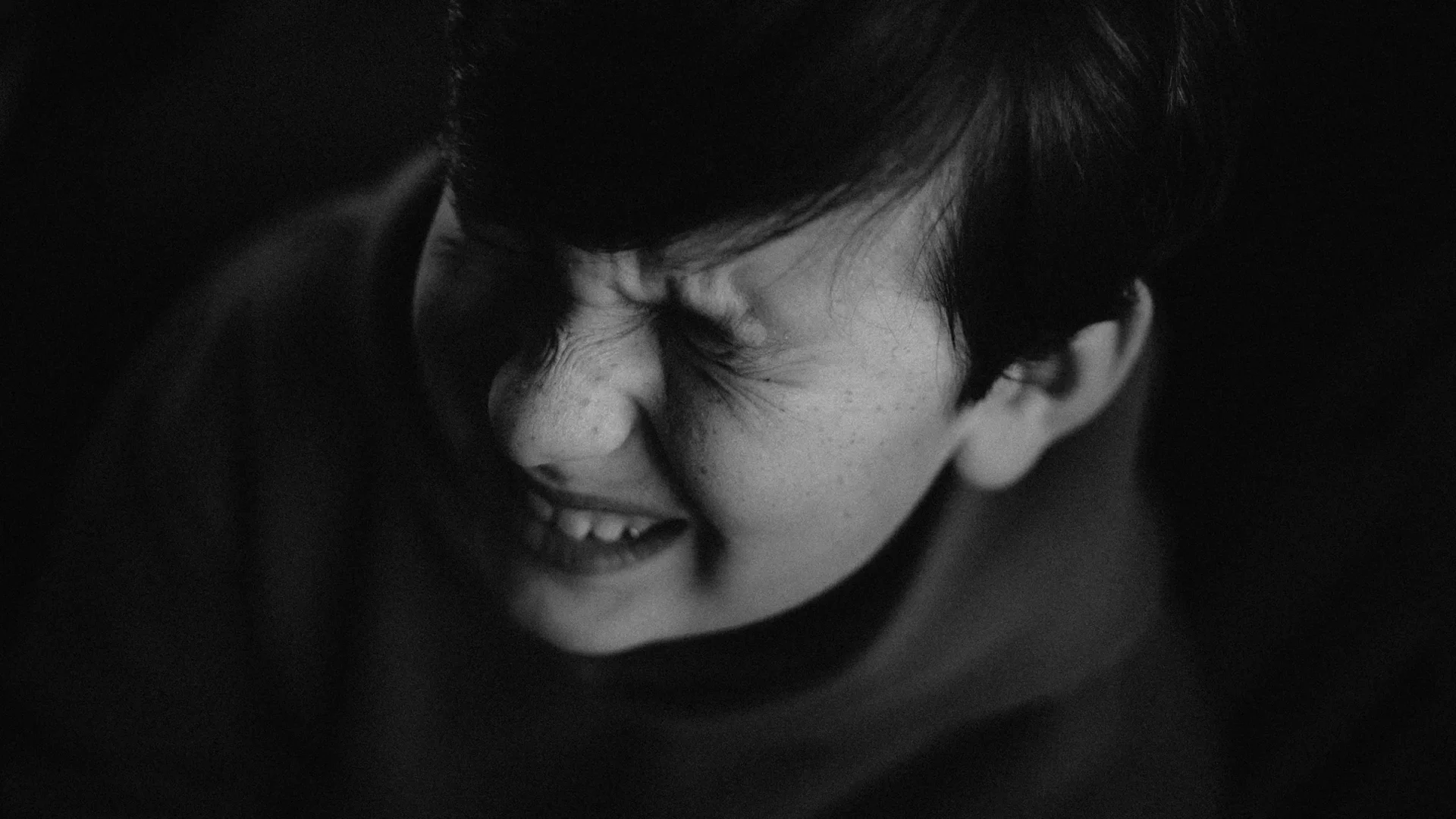Sensations
Physical sensations such as pain or coldness.
Physical sensations can drastically affect people’s experiences. A person feeling ill with a throbbing headache or a sore throat will likely have difficulty completing tasks that require their full attention, such as following complicated directions. Environmental factors can also influence sensations that people feel. People shivering from the extreme cold may find it hard to key in an access code on a touch screen to enter an apartment building. An older adult experiencing pain and stiffness from arthritis may struggle to hold onto a brush when washing dishes.
Some experience design scenes exist to cause physical sensations. A gym is designed to facilitate workouts that produce sensations like sweating, increased heart rate, and hard breathing, which eventually lead to increased muscle tone, the release of endorphins, and overall improved physical health, all in a controlled environment. The physical sensations people experience as they encounter experience design scenes manifest the reality of the experience itself. Careful attention to these sensations is warranted when designing for experiences.
Examples of Sensations
- Sharp pain
- Comfortable warmth
- Refreshing coolness
- Unpleasant itch
Researching Sensations
Exploring sensations reveals physical sensations that could be distractions people experience when using design outcomes. Knowing physical sensations can help designers understand what to design for—if a design should work to relieve physical feelings or sometimes even increase them to enhance the experience.
Questions to Ask
- What is this person feeling?
- What are unwanted and/or preferred physical sensations?
- What causes these physical sensations?
- How long does the person feel these sensations?
Look For
- People grimacing
- People wearing bandages
- People fanning themselves
- People wearing clothing or using tools to prevent physical sensations
Sources
Design
Cardello, A. V., & Wise, P. M. (2008). Taste, smell and chemethesis in product experience. In H. N. J. Schifferstein & P. Hekkert (Eds.), Product Experience (1st ed., pp. 91-131). San Diego, CA: Elsevier.
Lupton, E. (2017). Design is Storytelling. New York: Cooper Hewitt, Smithsonian Design Museum.
McDonagh, D., Hekkert, P., Van Erp, J., & Gyi, D. (Eds.). (2004). Design and emotion: the experience of everyday things. London and New York: Taylor & Francis.
Vink, P., Overbeeke, C. J., & Desmet, P. M. A. (2005). Comfort Experience. In P. Vink (Ed.), Comfort and Design: Principles and Good Practice (pp. 1-12). Boca Raton, Florida: CRC Press.
Social Science
Higgins, E. T. (1997). Beyond pleasure and pain. American Psychologist, 52(12), 1280-1300. doi:10.1037/0003-066X.52.12.1280
Horanont, T., Phithakkitnukoon, S., Leong, T. W., Sekimoto, Y., & Shibasaki, R. (2013). Weather Effects on the Patterns of People’s Everyday Activities: A Study Using GPS Traces of Mobile Phone Users. PLoS ONE, 8(12), 1-14.
Sheldon, K. M., Elliot, A. J., Kim, Y., & Kasser, T. (2001). What is satisfying about satisfying events? Testing 10 candidate psychological needs. Journal Of Personality And Social Psychology, 80(2), 325-339.
